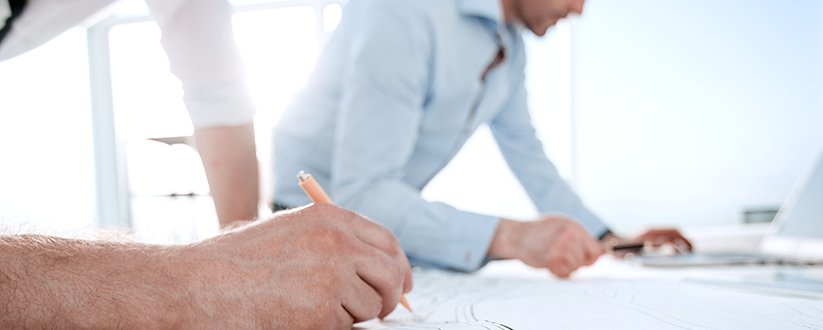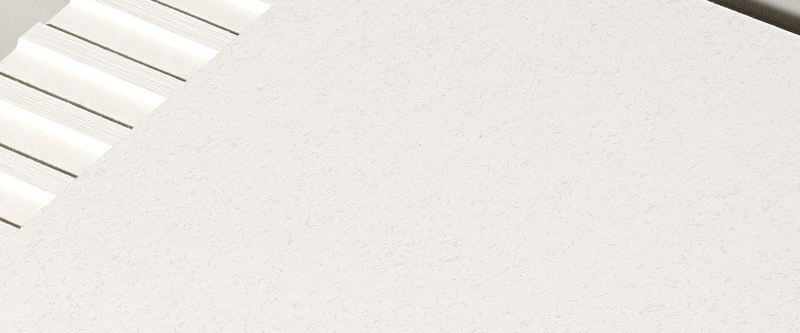In November 2021, EQUITONE launched ‘Texture in Architecture’ CPD, which looks at external textures from a variety of angles with the help of Materials expert Jim Biddulph and poet, broadcaster and honorary RIBA Fellow LionHeart. From nature to neuroscience, poetry to production, Texture in Architecture presents a multi-faceted exploration of historic milestones and related design disciplines to ask: where is texture in our built environments headed?

The CPD, aimed at architects and designers of all levels investigates the complex psychology underpinning our perceptions, exploring the foundations of texture in natural systems, and reviewing some important textural milestones in architectural history. By taking a look at latest developments in texture across related design disciplines and discussing recent textural approaches to the facades of buildings, the presentation challenges our understanding and equips the viewer to take a new and more creative approach to deploying texture in their own work.

Working with Jim Biddulph from a materials and historic perspective and LionHeart from an emotional and intuitive angle, the presentation unpacks how texture makes us feel as humans, and investigates texture as a vital element in designing environments that foster wellbeing. The film culminates in a behind-the-scenes look at the design thinking and manufacturing processes behind EQUITONE’s textures, challenging designers to collaborate on creating bespoke textures for their own projects.

Coinciding with the CPD launch is a new initiative, ‘Texture in London’, developed in collaboration with the London Festival of Architecture. In this series, a broad cross section of industry voices explore their own personal takes on the texture of London’s buildings. The short films will be released over the coming weeks and will provide an intriguing window into London’s eclectic built fabric, presenting a survey of some of the textures that make up the nuanced granularity of our city – an aspect of architecture that is more important than ever at this time when so many of us are feeling digitally remote.

By taking a look at latest developments in texture across related design disciplines and discussing recent textural approaches to the facades of buildings, the presentation challenges our understanding and equips the viewer to take a new and more creative approach to deploying texture in their own work and encourages responses using #architexture

